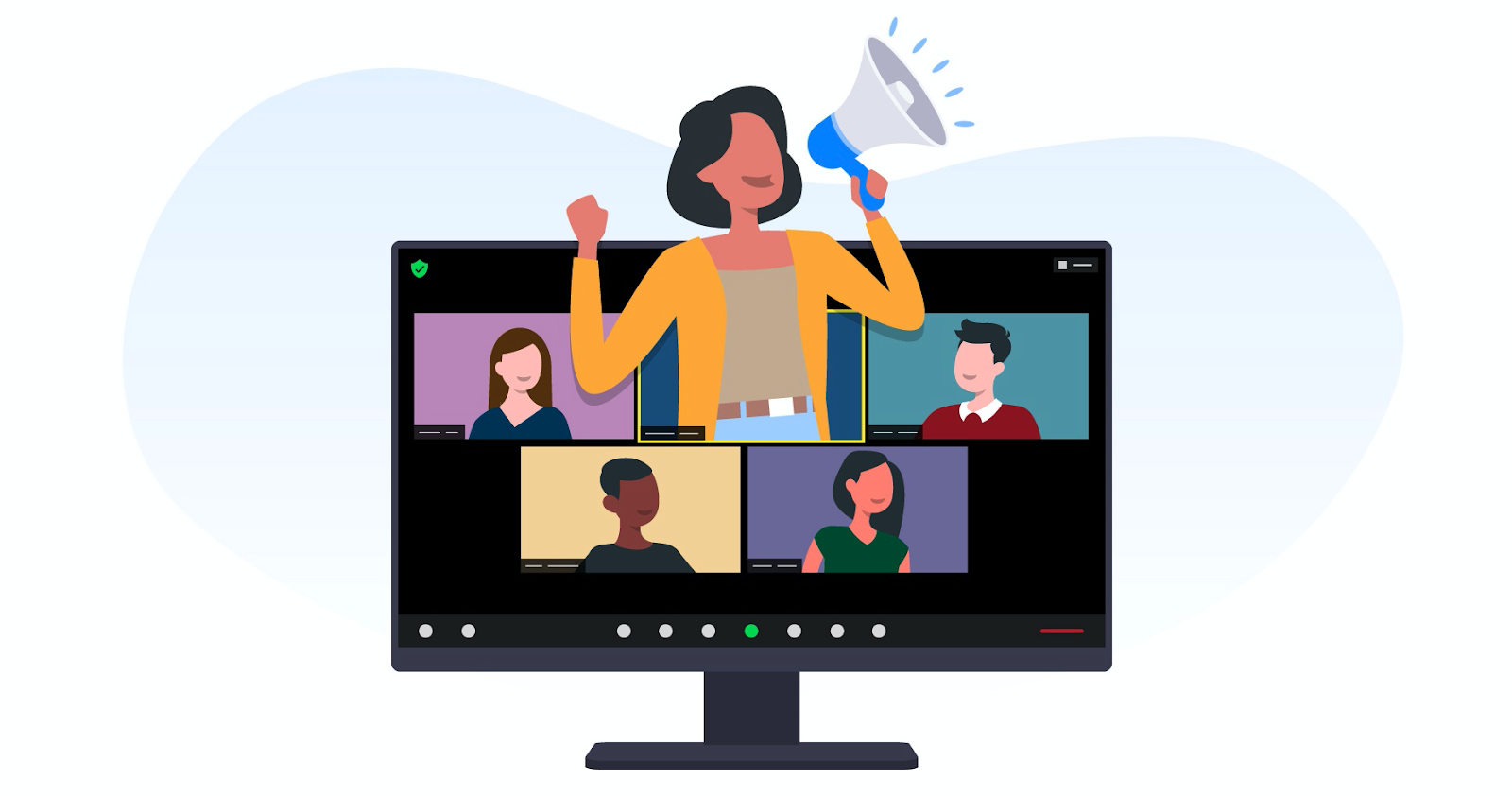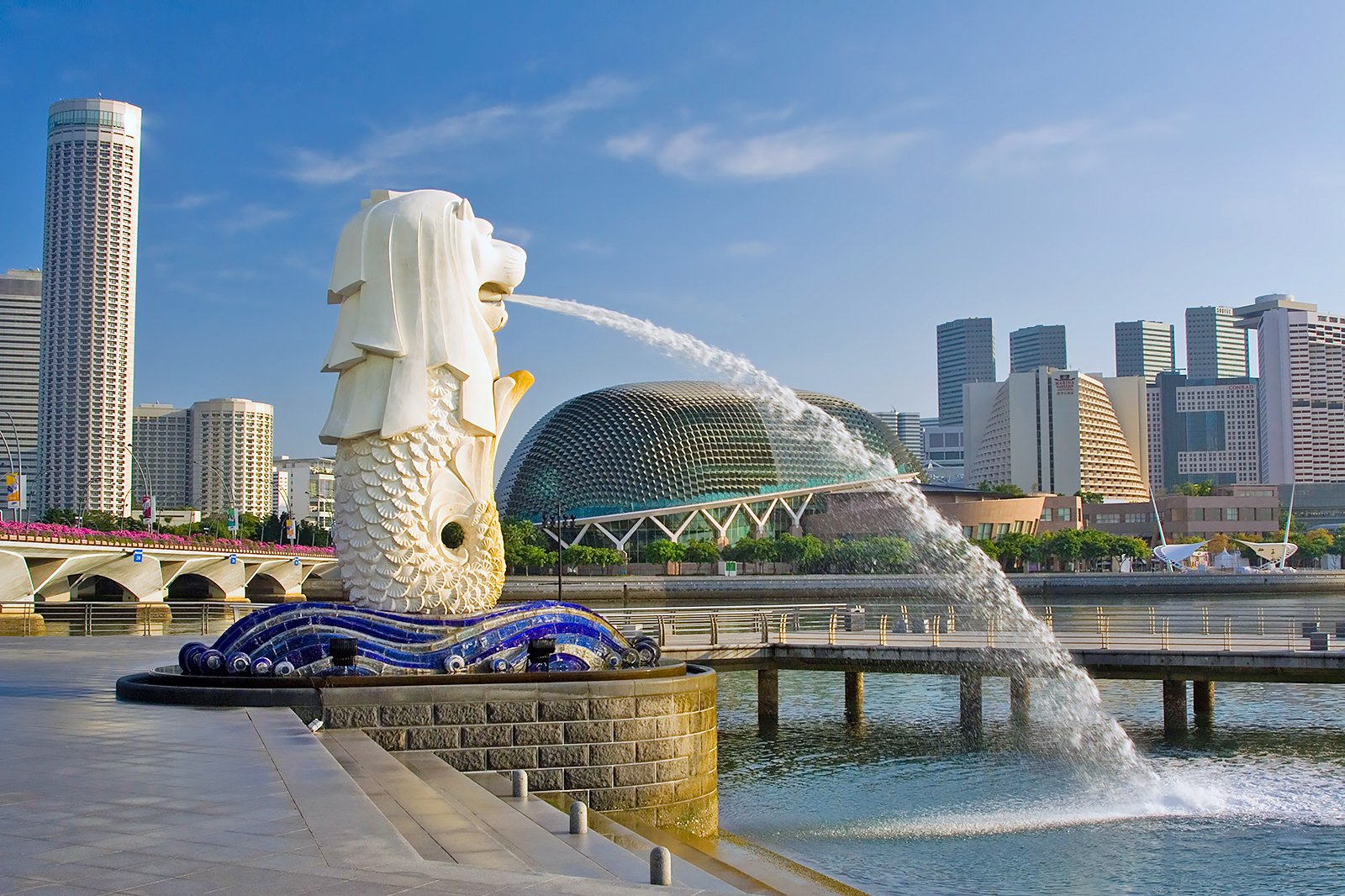IMPORTANT DATES
-
Abstract Submission opens:
August 01, 2023
-
Abstract Submission Deadline:
April 15, 2024
-
Standard Registration opens:
August 01, 2023
-
Standard Registration Deadline:
April 24, 2024
Session 1: Aquaculture
and Fisheries
Aquaculture
involves cultivating freshwater, brackish water and saltwater populations under
controlled or semi-natural conditions, and can be contrasted with commercial
fishing, which is the harvesting of wild fish.
Session 2: Aquaculture
Business and Economics
The economics of
aquaculture is reviewed on two levels: micro and macro. Micro-economics in
aquaculture deals mainly with the management measures and elements affecting
the efficiency of operation at the farm level, while macro-economics addresses
the assessment of social benefits and costs of an aquaculture project. Using Sea Resources Sustainably. At present as using sea resources
sustainably the importance of aquaculture and its systems is
indefinable. Aquaculture provides alternative resources for fishing from
the sea. Enhanced demand for nutrients or food sources and an increase in
globalization has conducted enhanced fishing.
Session 3: Aquaculture
Engineering
Aquacultural Engineering is
concerned with the design and development of effective aquacultural systems for
marine and freshwater facilities. The journal aims to apply the knowledge
gained from basic research which potentially can be translated into commercial
operations. Problems of scale-up and application of research data involve many
parameters, both physical and biological, making it difficult to anticipate the
interaction between the unit processes and the cultured animals. Aqua cultural
Engineering aims to develop the bioengineering
interface for aquaculture.
Aquaponics
is a cooperation between plants and fish and the term originates from
the two words aquaculture (the growing of fish in a closed environment) and
hydroponics (the growing of plants usually in a soil-less environment). Aquaponic
systems come in various sizes from small indoor units to large commercial
units.
Session 5: Aquatic
Biology, Environment, and Ecology
Aquatic ecology
includes the study of these relationships in all aquatic environments,
including oceans, estuaries, lakes, ponds, wetlands, rivers, and streams. An ecosystem
is a community of living organisms and their physical and chemical environment,
linked by flows of energy and nutrients.
Session 6: Aquatic
Nutrition and Fish Feed
Aquatic Nutrition
involves the complete diets, typically made up of the following components and
percentage ranges: protein, 18-50 percent; lipids, 10-25 percent;
carbohydrate, 15-20 percent; ash, <8.5 percent; phosphorus, <1.5 percent;
water, <10 percent; and trace amounts of vitamins and minerals.
Feed is one of
the most important external signals in fish that stimulates its feeding
behavior and growth. The intake of feed is the main factor determining
efficiency and cost, maximizing production efficiency in a fish farming firm.
Fish nutrition,
feeds, and feeding management play important roles in increasing the
productivity of aquaculture farms. A nutritionally-balanced feed and adequate
feeding are important factors that maximize fish production and profitability.
Session 7: Aquatic
Pollution and Toxicology
Aquatic toxicology generally
involves the measurement of contaminant levels to characterize the hazards
imposed on the aquatic environment; however, this field of study also includes
information on how those contaminants can affect humans in and around these
aquatic environments.
Session 8: Fish
Disease and Parasites
Fish disease
include abnormalities and symptoms such as a fish not feeding, ulcers on the
body, or cloudy eyes. The most common indicators of disease are fish coming to
the surface and gasping for oxygen, or higher than usual levels of sickness or
death in an aquaculture system.
Session 9: Fish
Farming Techniques
Fish farming is a
process of breeding, raising, and transporting of fishes for domestic and
commercial purposes. Fishes top the list when it comes to healthy and
nutritional food options as they are a rich source of proteins and other
minerals. However, there are primarily three types of pisciculture. They
are - Monoculture, Polyculture and Monosex Culture. Fish Farming method
involves the cage system, Pond system, Integrated Recycling system, Classic Fry
farming.
Session 10:
Fisheries Machinery and Instruments
Fisheries
Machinery and instruments involves the weighing scales of varying
capacities – devices used to measure the weight of fish/raw materials and
ingredients needed in fish/food processing. Beaker- a device used to measure
liquid ingredients. Measuring cup – used to measure dry ingredients. Measuring
spoon - used to measure small amount of solid and liquid.
Equipment and
machinery are inevitable for the large-scale processing and manufacturing of
fishery products. Manually it is not easy to process fish that are landed in
bulk quantities. Machinery help to maximize production with minimum human
handling and reduce the wastage of fishes, which is otherwise a highly
perishable commodity. For the mass production of fishery products, machinery is
needed for fish pre-processing operations (i.e. to remove unwanted parts of the
fish, shape the fish flesh into required sizes etc.), for suitable preservation
techniques to be applied (i.e. chilling, drying, freezing, retorting etc.), for
value addition and pack it in appropriate containers and store it till it
reaches the consumer in a good form. Use of appropriate equipment and machines
along the fish value chain will help in producing better quality products and
fetch higher price.
Session 11:
Fisheries Management
Fisheries
management is the process that creates and enforces the rules that are needed
to prevent overfishing and help overfished stocks rebound. The integrated process of information gathering, analysis, planning,
consultation, decision-making, allocation of resources and formulation and
implementation, with enforcement as necessary, of regulations or rules which
govern fisheries activities in order to ensure the continued productivity of
the resources and accomplishment of other fisheries objectives.
Session 12:
Fisheries Science and Research
Fisheries Science
is internationally respected for its publication of basic and applied research
articles in a broad range of subject areas relevant to fisheries science. It
has a long tradition of publishing quality papers in such important topics as
Fisheries, Biology, Aquaculture, Environment, Chemistry and Biochemistry, and
Food Science and Technology. Each volume includes about 120 peer-reviewed
articles.
Session 13:
Fishery Resource Habitats and Management
Fishery Resources
and Habitat Assessment aims to assess the spatial distribution of
species/resources including different life history stages and their associated
habitats for the three different realms viz. pelagic, mesopelagic and demersal
systems. The fine-scale knowledge on the habitat suitability of these realms is
crucial for effective management and the conservation of marine resources and
to develop predictive capabilities. This will be addressed through the
objectives:
Assessment of
pelagic, mesopelagic and deep-sea habitats using conventional methods and
fisheries-acoustics.
To explain the
inter-linkage between the biotic and abiotic environment that sustains the
resources in the above ecosystems.
Session 14:
Genetics and Aqua Culture
Fisheries and
aquaculture genetics refers to the application of genetic principles and
methods to fisheries and aquaculture biology and their management including
seafood safety. This approach uses putatively neutral markers such as
allozymes, mitochondrial DNA, and microsatellites, as well as the recent
advances in next-generation sequencing (NGS) which have led to the massive
discovery of single nucleotide polymorphisms (SNPs) to study genome-wide
(neutral) and allele-specific (adaptive) patterns of diversity in aquatic
organisms.
Fisheries
genetics includes specimen identification and barcoding, assessment of stock
structure and admixture, monitoring of stocking and re-stocking programs,
analysis of genetic diversity and variation and assisting conservation
management program of wild fisheries resources. Aquaculture genetics deals with
issues of genetic variability and fitness, inbreeding, selective breeding of
desired quantitative traits and many more. Alternatively, seafood safety issues
includes seafood authentication and traceability analysed using specific
molecular markers.
Session 15:
Genetics of Aquatic Species
Aquaculture
genetics deals with issues of genetic variability and fitness, inbreeding,
selective breeding of desired quantitative traits and many more. Alternatively,
seafood safety issues includes seafood authentication and traceability analyzed
using specific molecular markers.
Session 16:
Healthy and ecological farming technology
Fish farming has
expanded globally in order to improve food security, yet aquaculture practices
are far from being environmentally friendly. World Fish helps to conserve
biodiversity and improve coastal fisheries while also promoting the use of
climate-smart aquaculture technologies through various projects in Bangladesh. There
are several things that actors in the fishing industry can invest in through
actions that will pay dividends for Mother Earth. Sustainable biofloc fish
farming is an eco-friendly practice gaining popularity among fish farmers
worldwide. Biofloc technology involves cultivating beneficial microbial
communities that provide a natural food source for fish while improving water
quality.
Session 17:
Immunology of Aquatic Species
The fish immune
system is responsible for destroying microorganisms through acquired and innate
components, with humoral and cellular process that perform together in an
attempt to prevent the outbreak of diseases.
Mariculture has
been defined as the cultivation, management, and harvesting of marine
organisms in their natural environment (including estuarine, brackish,
coastal, and offshore waters) or in enclosures such as pens, tanks, or channels.
Session 19:
Marine and Coastal Fisheries
Marine and
Coastal Fisheries involves the Dynamics, Management, and Ecosystem
Science publishes original and innovative research that synthesizes
information on biological organization across spatial and temporal scales to
promote ecologically sound fisheries science and management. This open-access,
online journal published by the American Fisheries Society provides an
international venue for studies of marine, coastal, and estuarine fisheries,
with emphasis on species' performance and responses to perturbations in their
environment, and promotes the development of ecosystem-based fisheries science
and management.
Session 20:
Marine biodiversity
Marine
biodiversity is the variety of life in our ocean. It includes all animals,
plants and microorganisms living in our ocean, from barnacles to whales to
coral reefs. The term is also used to describe the abundance of species living
in an area.
Session 21:
Marine Science and Marine Biology
Marine biology is
the study of marine organisms, their behaviors and interactions with the
environment. Marine biologists study biological oceanography and the associated
fields of chemical, physical, and geological oceanography to understand marine
organisms.
Session 22:
Market analyses and competition in Regional and International Trade
Fisheries are
common-pool resources, and many of world’s fisheries are overexploited. At the
same time, capture fisheries and aquaculture operations can impinge on public
goods provided by marine ecosystems such as marine biodiversity and unique
habitat. The common-pool and public goods dimensions of the marine environment
justify regulation, but the issues frequently transcend national boundaries.
Individual countries have few alternatives to protect the marine environment
beyond their own jurisdictions. The international nature of marine conservation
thus provides an incentive for countries to use trade policy as an indirect
means to protect the marine environment. Because a large share of the available
seafood is being traded, trade restrictions can potentially lead to better
resource protection and better fishing practices.
Session 23:
Fish/food conversion efficiency
Fish are
generally seen as more efficient in converting feed into food than land-based
species, but, according to a new paper, this conclusion does not hold if the
retention of protein and calories is accounted for using a different measure.
Session 24:
Oceanography and Limnology
Oceanography is
the study of the biological, chemical, geological, optical and physical
characteristics of oceans and estuaries, while limnology is the study of these
same characteristics in inland waters (lakes, rivers, streams, ponds, and
wetlands). Limnology is closely related to aquatic ecology and hydrobiology, which study
aquatic organisms and their interactions with the abiotic (non-living)
environment. While limnology has substantial overlap with freshwater-focused
disciplines (e.g., freshwater biology), it also includes the study of inland
salt lakes.
Session 25:
Policies, legislations, public perceptions and ethical issues
The protection of
the marine environment is propelled in part by specific principles that yield
normative prescriptions to guide conduct. Four of these namely sustainable
development, pollution prevention, precaution, and the polluter pays are all
ultimately characterized as principles. Depletion of fish stocks results in a
decrease in food supply from the sea, economic loss, hardship to fishers and
disruption of traditional ways of life. Overfishing thus threatens the
ecosystem, the sustainable use of fishing grounds and the livelihood of fishing
communities.
Session 26:
Pollution and nutrient impacts of chemical compounds use in aquaculture
Toxicity in aquaculture systems usually refers to the harmful effects of elevated
concentrations of metabolites (carbon dioxide, ammonia, nitrite, and hydrogen
sulfide), algal toxins, heavy metals, and agricultural and industrial chemicals. The primary effect of aquaculture effluents on running waters is
to increase ammoniacal nitrogen and phosphorus concentrations in the water
immediately downstream of the discharge. In lakes cage culture can cause
long-term elevations of carbon, nitrogen and phosphorus levels. Chemicals used
in aquaculture can enter natural waters to cause water pollution. Some chemicals pose a
danger to farm workers through potential toxicity or as fire and explosion
hazards, and residues of certain chemicals may contaminate aquaculture products
and present a food safety concern.
Session 27:
Preservation and Processing of Aquatic Products
In the processing of
aquatic products, it is generally necessary to use methods such as ozone
water washing and to operate at low temperatures to reduce microorganisms, in
order to prevent raw materials from spoiling and deteriorating. The four most popular methods of fish preservation are freezing,
canning, smoking and pickling. Fish are salted by
packing them between layers of salt or by immersion in brine. The fish most
extensively salted are cod, herring, mackerel, and haddock. Smoking preserves
fish by drying, by deposition of creosote ingredients, and, when the fish are
near the source of heat, by heat penetration.
Session 28:
Quarantine processes of fish
Fish quarantine, as the name suggests, is all
about keeping the fish under quarantine or in isolation for certain period for
some specific reasons. Most of the expert aquarists implement the theory of
quarantining the fish which the beginners fail to understand and end up with
dead fish. So let us understand why having a quarantine tank is important and
why quarantining the fish for some period could become the wisest decision.
Session 29:
Seafood sustainability, certification and traceability
Seafood traceability is the ability to fully
trace a product from the point of sale to its source. Traceability is critical in the movement towards sustainability. The
Friend of the Sea certification helps restore confidence as doubtful
sustainability claims proliferate.
Session 30:
Stock assessment and modelling
Stock assessment models
are the mathematical and statistical techniques stock assessments use to
analyze and understand the impact of fisheries and environmental factors on
fish stocks. NOAA Fisheries uses a wide variety of stock assessment models in
its stock assessments.
Session 31:
Techniques to manage genetic quality Broodstock
Broodstock management
involves manipulating environmental factors surrounding the broodstock to
ensure maximum survival, enhance gonadal development and increase fecundity. Broodstock management involves all the appropriate measures taken
by the aquaculturist to enable a captive group of fish to undergo reproductive
maturation and spawning, and produce fertilized eggs.
Session 32:
Seafood chemistry nutrition and safety in aquaculture
In fish farming
(aquaculture), nutrition is critical because feed typically represents
approximately 50 percent of the variable production cost. Fish nutrition has
advanced dramatically in recent years with the development of new, balanced
commercial diets that promote optimal fish growth and health. Carbon, oxygen,
hydrogen, phosphorus, and sulfur are instances of significant supplements. Most
freshwater omnivorous and herbivorous species require 30-40% protein in
their dry eating routine, while marine and freshwater rapacious species require
40-55 percent protein in their eating regimen.
Attendee Criteria
Attendance is generally limited to active researchers and authors of accepted abstracts. Authors of accepted abstracts are pre-approved for registration. All other researchers must Sign up and register towards the conference.
A very limited number of spots are available for individuals in Keynote/Plenary positions. Some of the Keynote and Plenary Speakers will have an opportunity to chair any session during the conference.
25 Oral presentation spots are available for 2-day events. The individual speaker is allowed to present a maximum of 2 talks at the conference.
Who Can Attend
Researcher/Academic /Industrial / Clinical / Private / Marketing
Researchers actively participating in basic science investigations, clinical studies, or epidemiologic research.
Physicians & Scientists who have faculty appointments at academic institutions including medical school programs, or practitioners who are involved in patient care or counselling.
Industries related to pharmaceuticals, Manufacturing, Services, Clinical can achieve visibility and credibility, exhibiting at a trade show has hundreds of benefits for your business. Establishing a presence, whether big or small, for your company at an exhibition gives you a powerful platform for meeting new customers, reaching out to your existing clients, and building a more established and reliable brand.
Clinical takes advantage of the educational and networking opportunities designed for hospital professional.
Marketers from generating new business to staying current with the latest trends, attending marketing events, meetings, and conferences can be crucial to the success of a company’s or individual’s growth strategy. There are some key benefits for why marketers should consider attending networking events.
1. Build Meaningful Relationships
2. Stay Current with Trends by Learning from Powerful Speakers
3. Connect with Influencers and in Turn, You’re Target Audience
4. Get Fresh Ideas and Solutions for Your Business.
Various sessions in our Conferences:
Plenary Talk: A plenary talk of a conference which all members of all parties are to attend. Such a session may include a broad range of content, from keynotes to panel discussions, and is not necessarily related to a specific style of presentation or deliberative process.
Keynote: This is a talk on a specific theme which represent the whole subject of the conference. Keynotes are usually delivered by Professors, President of associations, MD and above.
Oral Presentation: A presentation is a process of presenting a topic to an audience. It is typically a demonstration, introduction, lecture, or speech meant to inform, persuade, inspire, motivate, or to build goodwill or to present a new idea or product.
Delegate: One who gains knowledge, comprehension or mastery through experience or study; someone who learns or takes knowledge or beliefs; one that is learning; one that is acquiring new knowledge, behaviour’s, skills, values or preferences.
Poster Presentation: A poster presentation, at a congress or conference with an academic or professional focus, is the presentation of research information, usually peer-reviewed work, in the form of a poster that conference participants may view. A poster session is an event at which many such posters are presented.
Workshop: A workshop is designed to teach something or develop a specific skill while an academic conference is about presenting original research and getting feedback from peers. A workshop doesn't necessarily have to present original research; it is directed more towards teaching and learning in an interactive environment.
E-poster: An e-Poster or digital poster is a digital presentation of research that is presented within a congress.
Video Presentation: Animated or recorded video describing a research or review topic. Video talks for usually not more than 20-30mins)


















